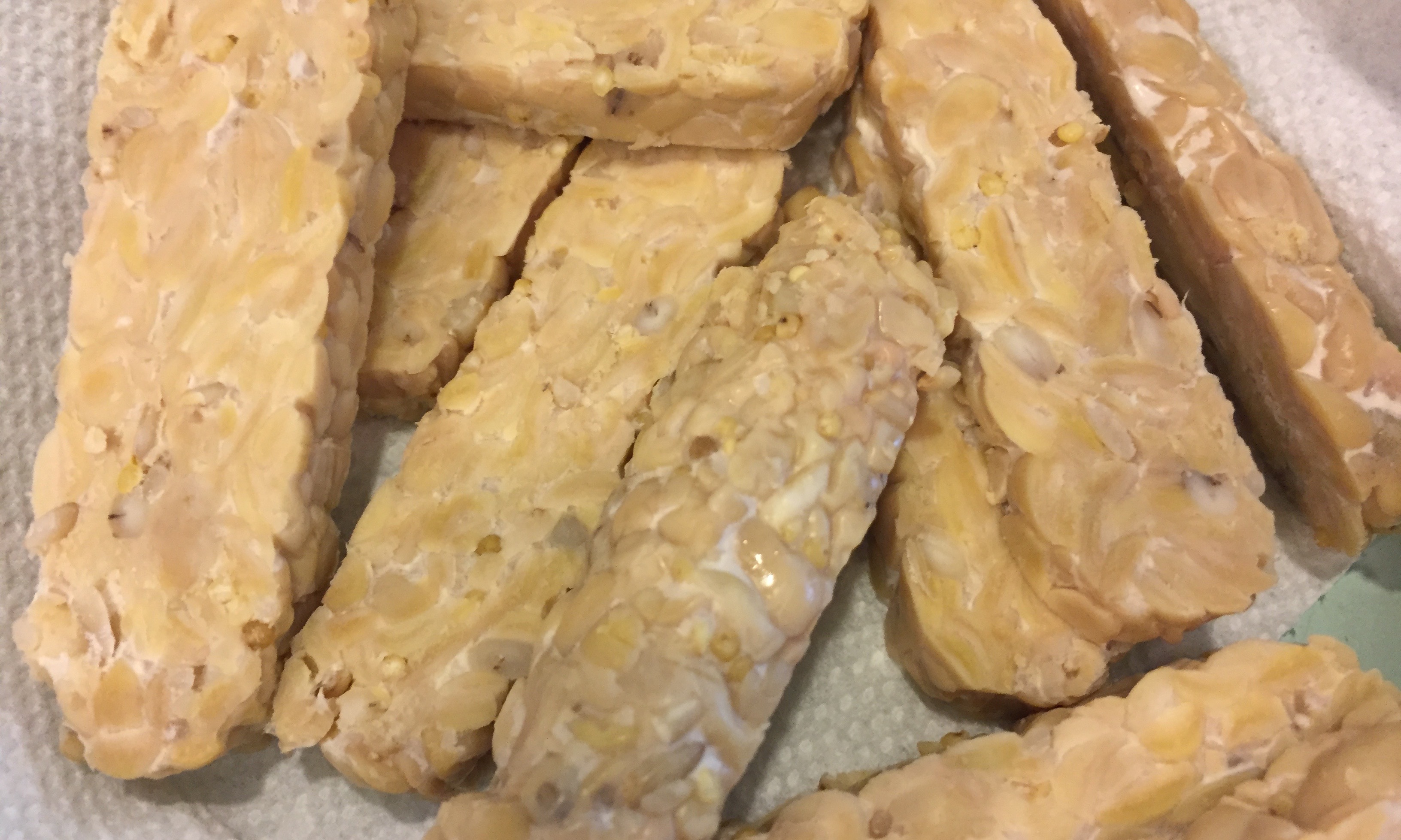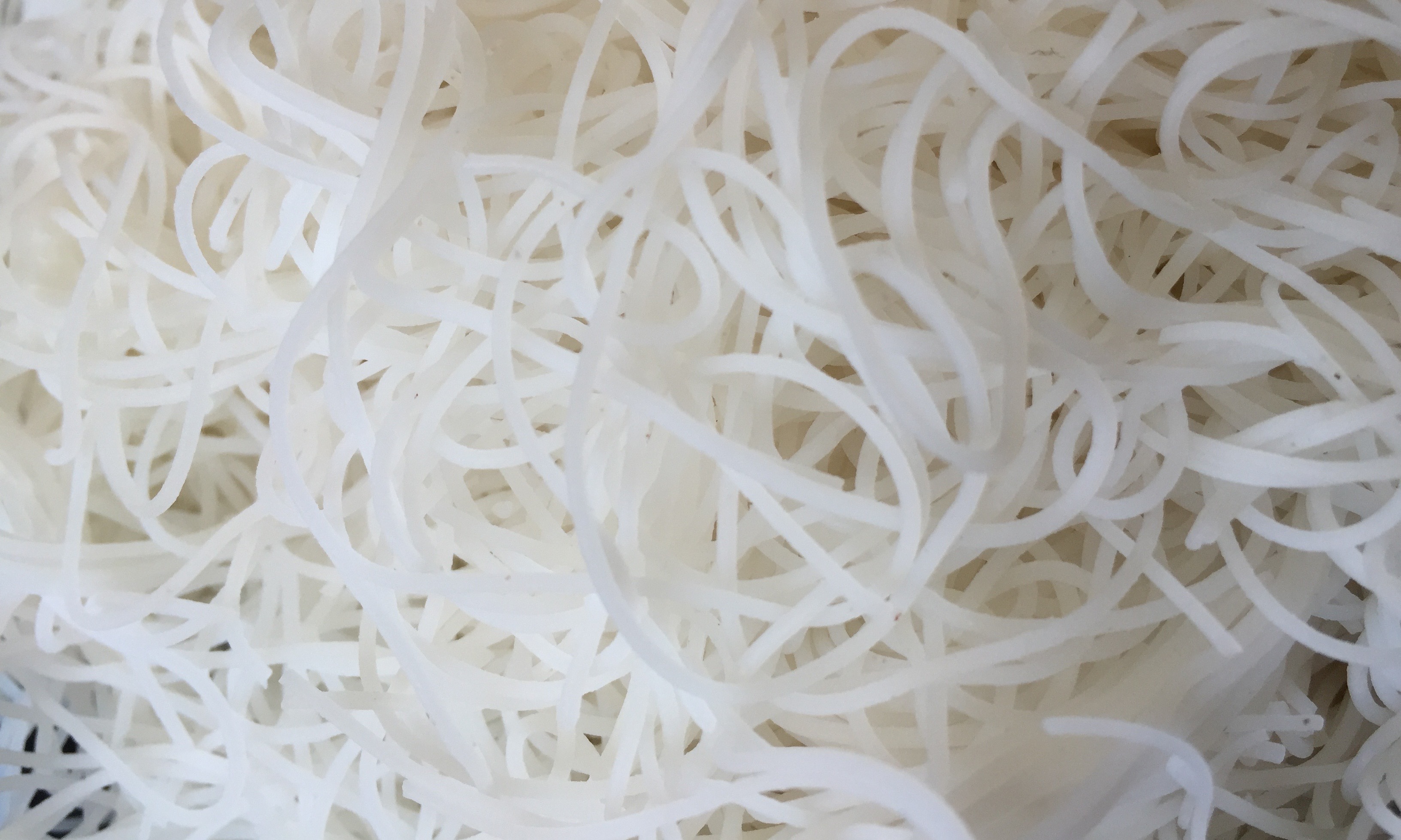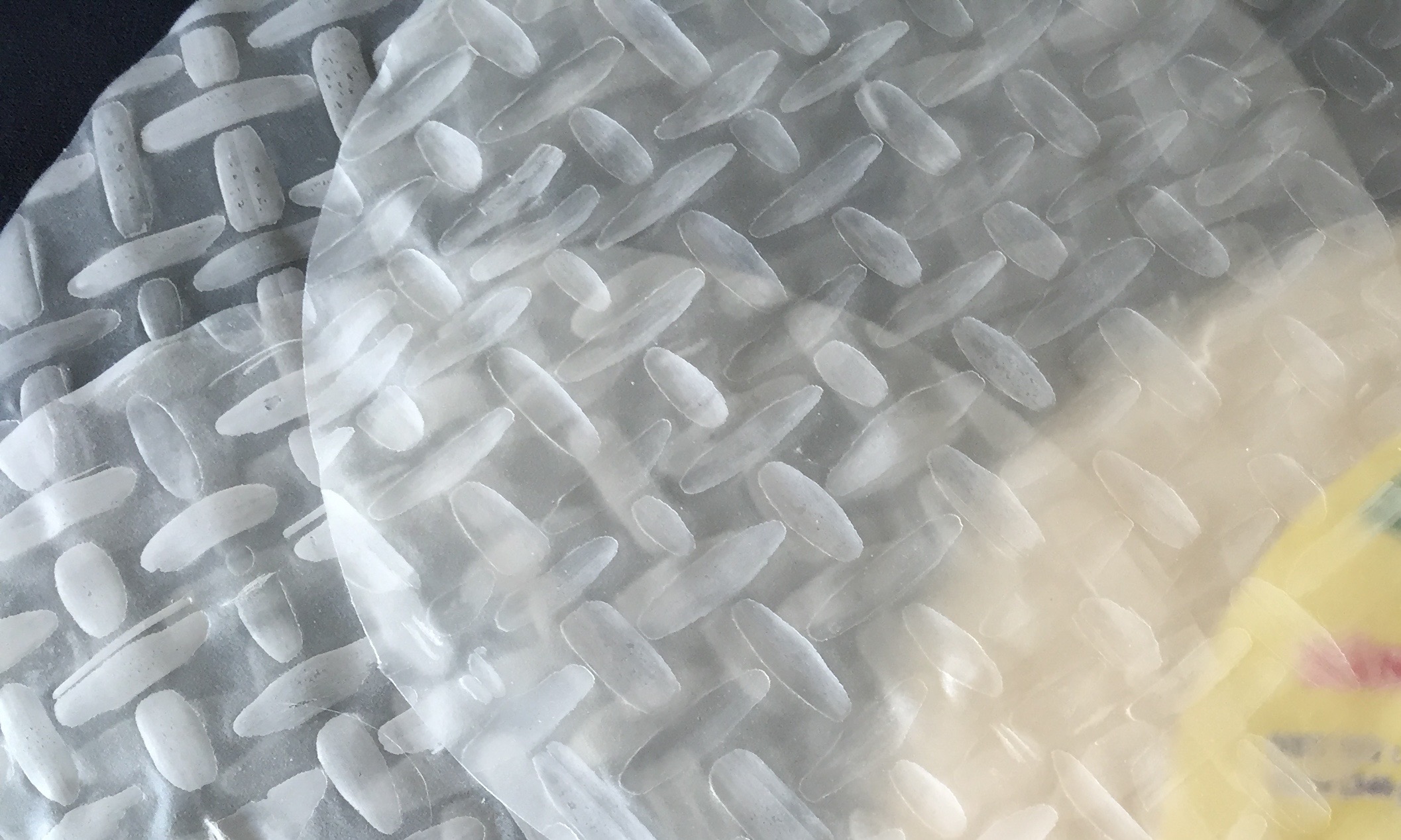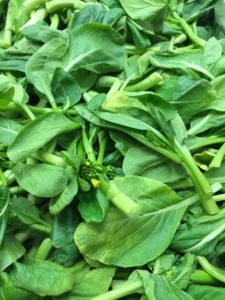
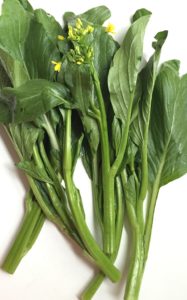
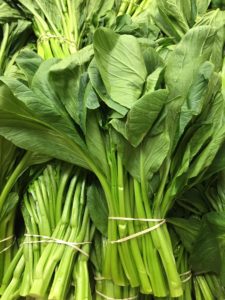
Choy sum is the Cantonese name of this popular Cantonese vegetable. In Mandarin it’s cai xin. A member of the mustard family, choy sum has tiny yellow flowers. The first picture shows the shorter, tender shoots with the flowers barely open. The second shows the whole length of choy sum, with more flowers. This vegetable is usually sold in bunches, as they are often cooked and plated on a dish with the stems together at one end of the dish and the leaves at the other. Its flowers are edible and delicious.
In Guangdung province the fields of choy sum in full bloom are these beautiful fields of green topped with bright yellow. It was exciting for me to see a similar kind of yellow and green mustard bushes in the same vibrant colors in Israel!
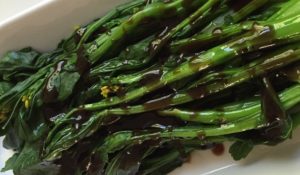 In Korean supermarkets in the DC area, choy sum is sometimes sold as yau choy, meaning oiled vegetable, which is the name of the dish–blanched vegetable with a seasoned sauce, typically oyster sauce and oil, like a warm dressing.
In Korean supermarkets in the DC area, choy sum is sometimes sold as yau choy, meaning oiled vegetable, which is the name of the dish–blanched vegetable with a seasoned sauce, typically oyster sauce and oil, like a warm dressing.
In Hong Kong, the short variety of young choy sum is sold in abundance in street markets. This is probably the top favorite vegetable among Cantonese and eaten often. In south east Asia, this vegetable is also very popular among Hokkien and Teochews groups although we also use a longer, less tender variety, which has a lighter green stem. We stir fry it, and also add it in fried noodles. In Singapore, the Indians use it in Mee Goreng, fried noodles.
I was surprised that I could not find choy sum in Taipei when I was living there. My friends from Shanghai and Tianjin don’t use it often either. One of them asked me how I cooked it. This is an example of how different the cuisines of the different provinces can be.

